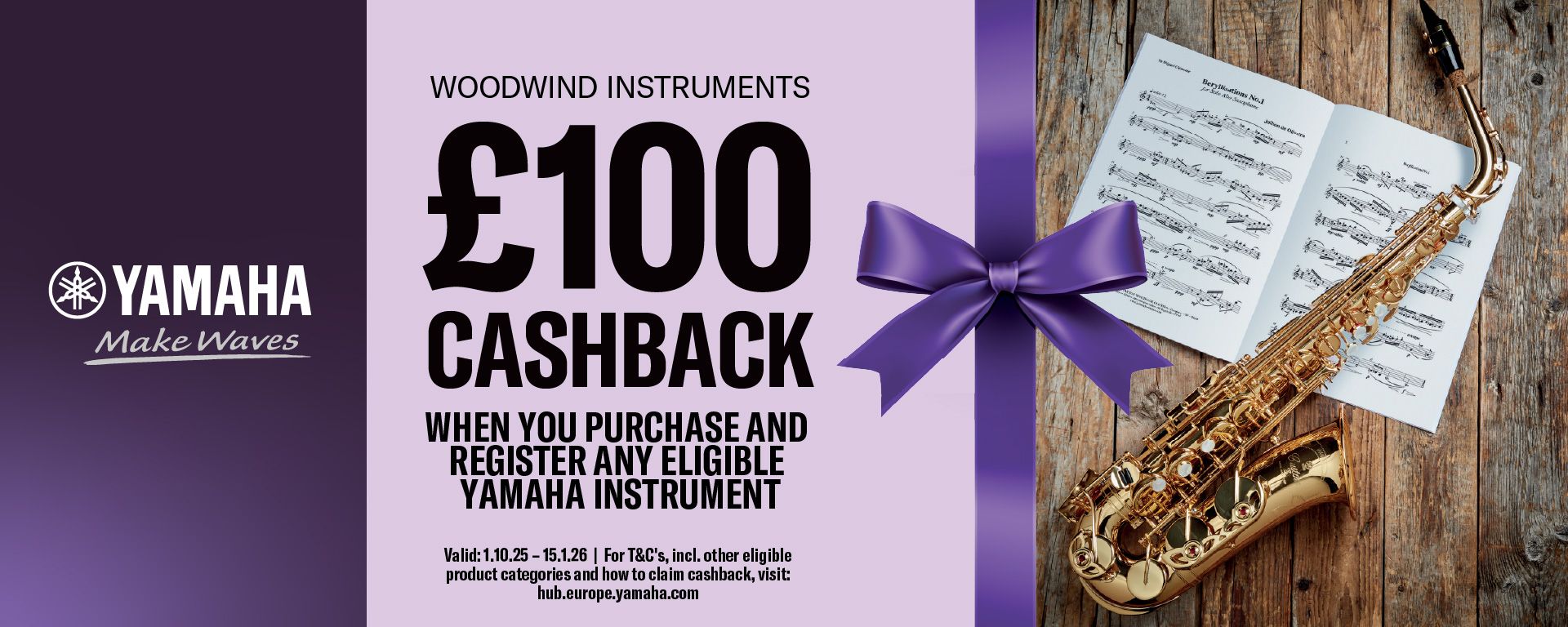12 Latin American Fantasies for Solo Flute

Pan - Journal of the British Flute Society
This is a set of 12 Fantasies, inspired by both Telemann (in the sense of a collection of 12 works for solo flute) and Piazzolla (in the way that the pieces draw upon the Tango Etudes). These are enjoyable pieces written in a range of Latin American styles, and as such, they present a wonderful opportunity to explore and discover the different compositional features of the music from this part of the world. We are presented with the merengue, bembé, choro, samba, tango, huapango, son, cueca, vals, milonga, danzón and joropo, with national styles from Venezuela, Brazil, Argentina, Mexico, Cuba, Chile, Peru and Uruguay. Seeing these all beside each other helps to understand the subtleties of each style and the differences between them.
As one would expect, dance rhythms come to the fore in these pieces, with frequent agile leaps across the range of the flute, chromatic melodic alterations and some fast technical passages. Drawing on Telemann, polyphony is created through the use of different registers, and Oscher also follows the same key sequence used in Telemann’s fantasias for solo flute.
The pieces are imaginative and present a good level of challenge for relatively advanced players; they are an excellent next step from the Piazzolla Tango Etudes as they also incorporate various extended techniques such as multiphonics and percussive sounds. The pieces were first performed in 2021, and provide an inventive addition to the repertoire.
Carla Rees
From the Publisher
Efrain Oscher 12 Latin American Fantasias for unaccompanied flute
Georg Philipp Telemann is considered one of the most important German composers of his time. He was highly productive and diverse and composed more than 3,000 musical works. Around 1732 he published the 12 Fantasias for transverse flute without bass, an icon of the flute repertoire that I have performed and admired for many years. I feel a strong affinity for Telemann and his music, and the fact that we had the same birthday on March 14th makes it even stronger. Perhaps that is why for many years, I wanted to compose and perform my own 12 Fantasies for unaccompanied flute in honor of Telemann's fantastic work. Here I want to present the world premiere of my 12 Latin American Fantasies, made possible by the generous contribution of the Senator for Culture of the Hanseatic City of Bremen and the support of the St. Ramberti Church in Bremen. Upon reading Telemann's biography, searching for connections with my own life and work, I found interesting similarities such as the openness to different styles and the use of folkloristic forms. Telemann wrote orchestral, chamber music, operas, and concertos for various instruments and was versed in all the styles of composition used in his time: Italian, French, and German. He was fascinated by the Polish folk dances and incorporated melodic and rhythmic material into his pieces. As a flutist, I had classical training and learned improvisation in popular music styles such as pop, jazz, salsa, and other Latin American styles. In Germany, I have been member of different ensembles dedicated to Tango, Flamenco, and Salsa. I blended all these genres in the chamber music works I wrote for the ensemble Bolivar Soloists. I use Latin American folk music material in many of my chamber music, orchestral works, and concertos for different soloists I have written. I decided that this common characteristic between Telemann's music and mine will be the core of my twelve new Fantasias. Following the path of other Latin American composers such as Astor Piazzolla, Aldemaro Romero, and Heitor Villa-Lobos, I used contrapuntal compositional techniques from the Baroque period. In this case, I wanted to create an illusion of polyphony as Telemann so masterly achieved in his Fantasias. Moreover, in order to establish a more direct connection with Telemann's Fantasias, I decided to use the same order of keys he used and paired each with a Latin American music style.
Movements
- Fantasia No. 1: Venezuelan Merengue in A major
- Fantasia No. 2: Brazilian Chôro in A minor
- Fantasia No. 3: Argentinian Tango in B minor
- Fantasia No. 4: Mexican Huapango in Bb major
- Fantasia No. 5: Cuban Son in C major
- Fantasia No. 6: Chilean Cueca in D minor
- Fantasia No. 7: Brazilian Samba in D major
- Fantasia No. 8: Peruvian Vals in E minor
- Fantasia No. 9: Uruguayan Milonga in E major
- Fantasia No. 10: Cuban Bembé in F# minor
- Fantasia No. 11: Mexican Danzón in G major
- Fantasia No. 12: Venezuelan Joropo in G minor
Item Details
Our Stock Code: 1628784Instrumentation
- Part 1: Flute
Category: Solo Flute Repertoire
Publisher: Friedrich Hofmeister
Publisher's reference: FH3570
Media Type: Paperback (25 pages [score])
Country of Origin: Germany
HS Code: 49040000

